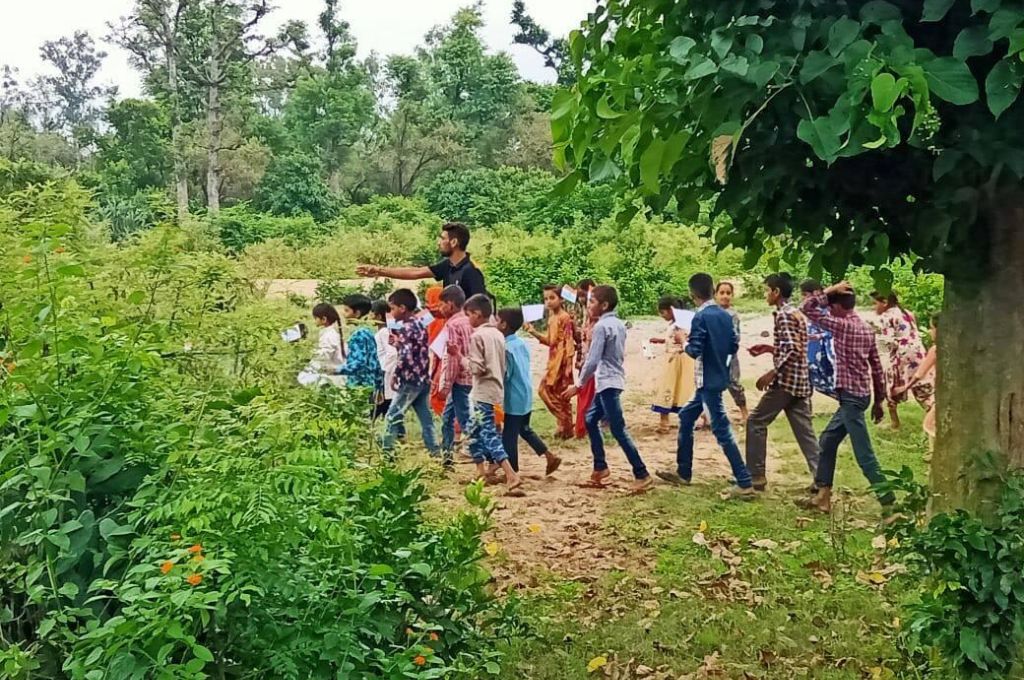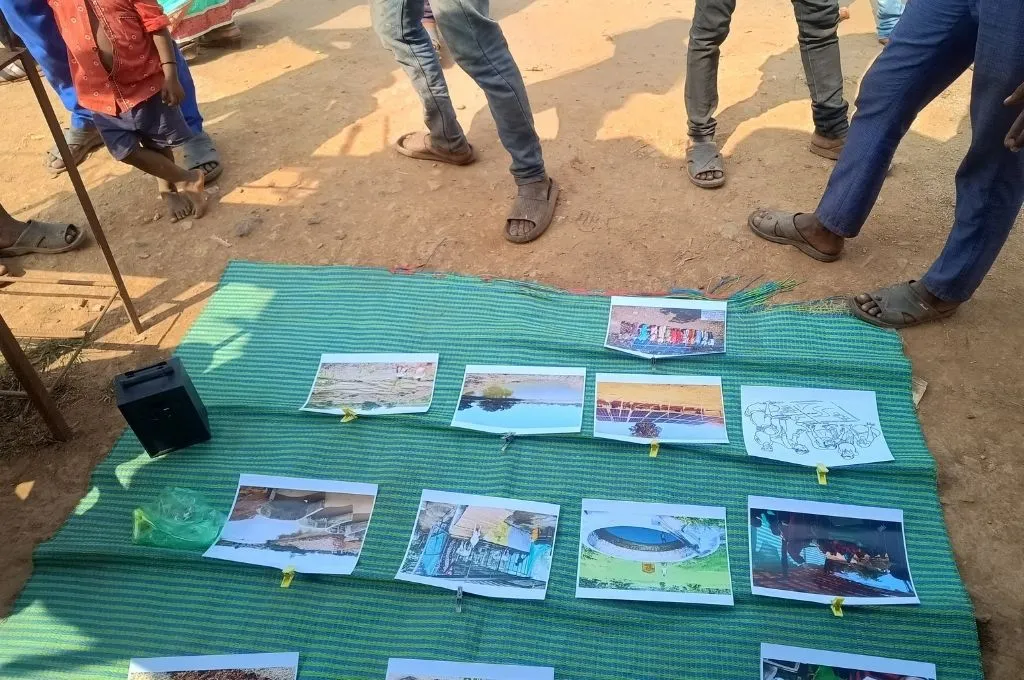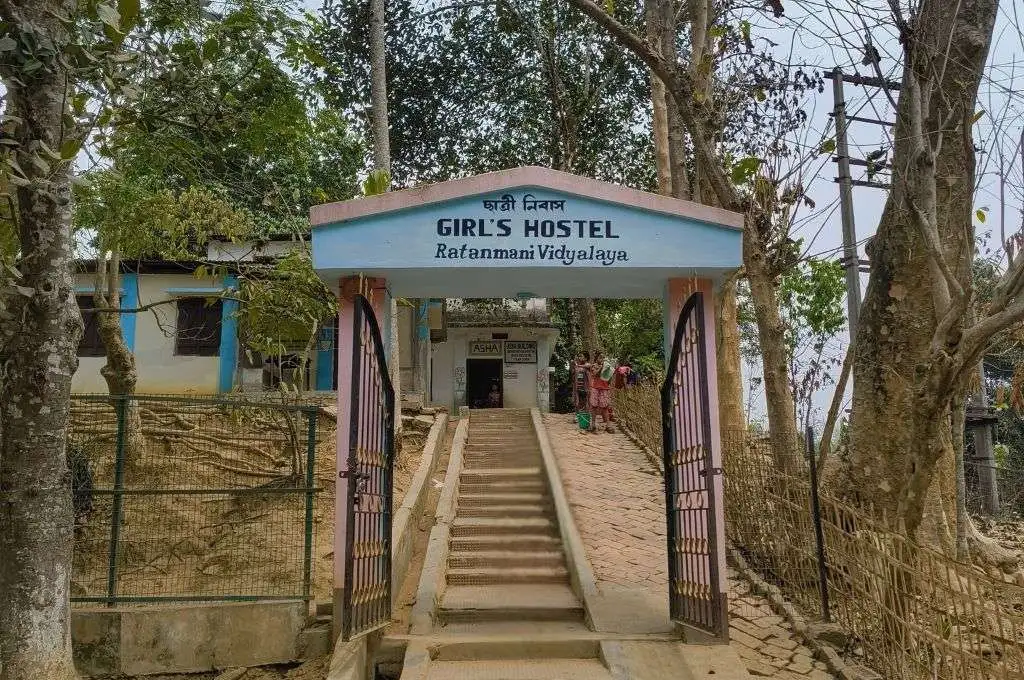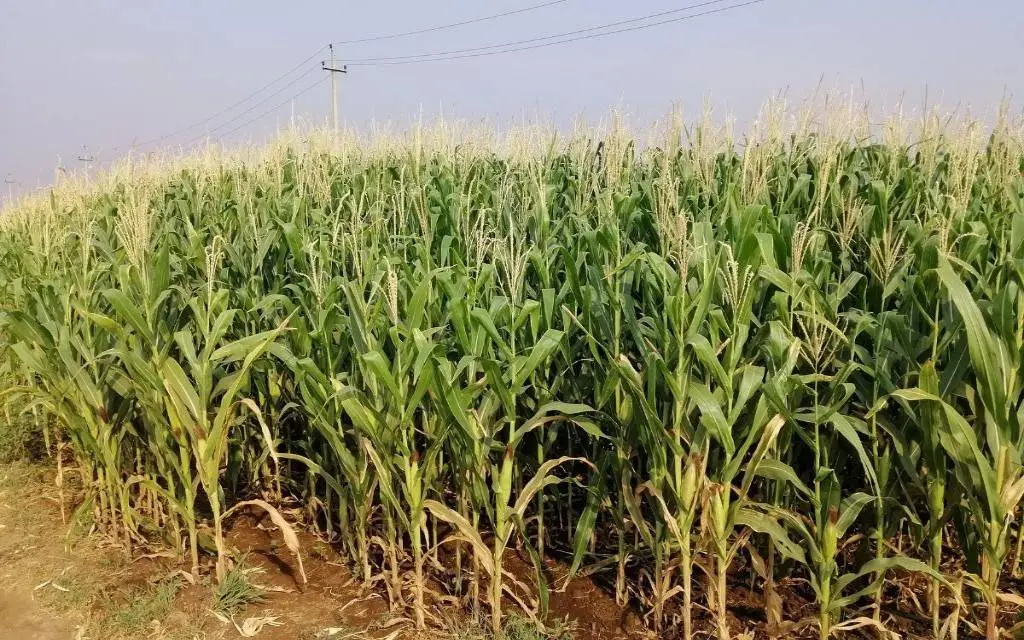READ THIS ARTICLE IN
From bird-watching to nonprofits: Van Gujjar youth forge their own path

My name is Saddam and I belong to the Van Gujjar community in Haridwar district, Uttarakhand. We used to live in and around the forest and practised buffalo husbandry. Our community’s main source of income was selling products made from buffalo milk to locals and tourists in the town.
However, around 20 years ago, we were displaced due to the establishment of the Rajaji National Park and other reserved forest areas around it. We were relocated to a basti (slum) approximately 200 kilometres from Rajaji National Park, where there wasn’t sufficient grazing land for the buffaloes. Many community members even lost buffaloes during this forced migration. Though the government compensated each family by giving them 2 acres of land near the relocated basti, the community elders often prefer to lease the land for INR 20,000 annually as they are not used to cultivating farmland. The new location, closer to the city, has also increased our living costs.
This leaves my peers and those younger than us with little to no livelihood options in the region. After completing 12th grade, they turn to either farming meagre plots of land or other labour-intensive work. However, these jobs are often looked down upon. People make comments such as, “If you go to school and still end up doing manual labour, what good is it sending my child to school?” Those who can afford it migrate to urban centres such as Delhi or Mumbai in pursuit of jobs. Opportunities to empower girls are even fewer because of societal restrictions and early marriages.
Local alternatives such as birdwatching tourism do exist, but the intensive training required dissuades educated youth, who are pressured to start earning immediately after graduation. To be a birdwatcher, one has to train for at least one and half years.
Now, working at nonprofits has emerged as a viable option for many. Nonprofits and collectives in the vicinity predominantly focus on culture, heritage, education, or the environment. While it doesn’t pay a lot, it is deemed a ‘respectable’ job where one can learn and contribute to their community and environment.
After graduation, my friends and I too started our own nonprofit, Maee, in 2019. Our team includes one young woman and five young men, and we are constantly working to find new ways of saving our local environment, bettering education, and providing livelihood opportunities for other youth from the Van Gujjar community.
Saddam Husain is the co-founder of the nonprofit Maee. He is also part of Changelooms-Youth Leaders for Climate Action, an opportunity for youth leaders from India to enter the climate action space.
—
Know more: Learn how the Van Gujjar community in Uttarakhand coped with a devastating flood caused by the construction of a highway.



